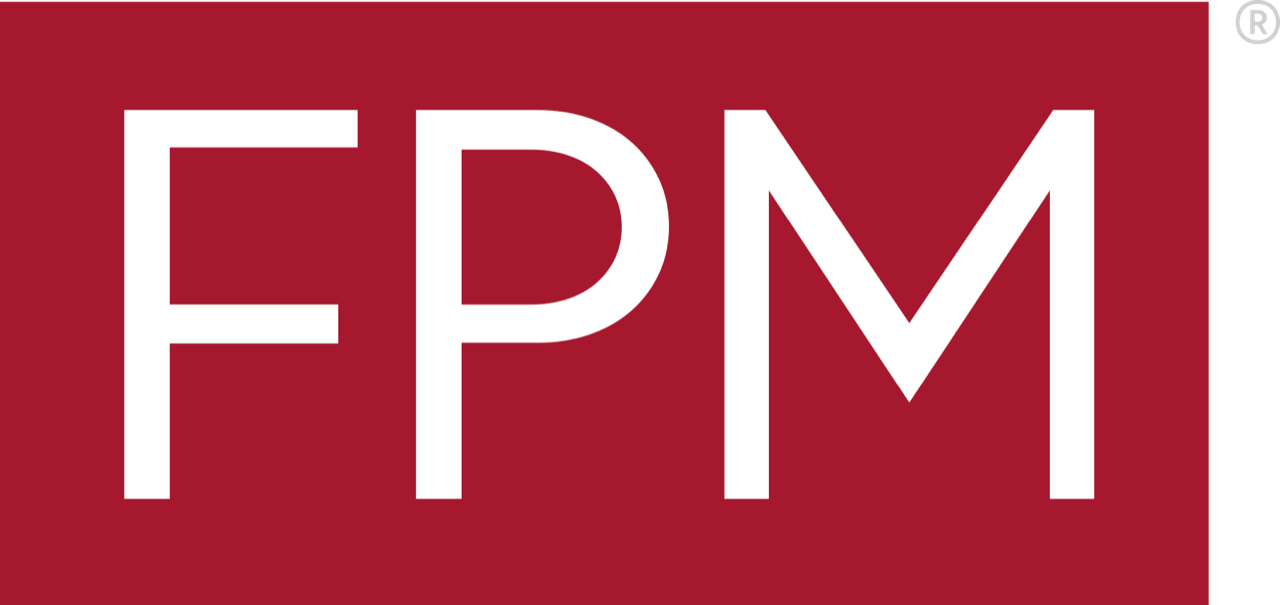
If you've seen one family physician's schedule, you've seen … one.
Fam Pract Manag. 2025;32(3):4
“I read the news today. Oh boy.” While those words could probably be spoken about any day recently, John Lennon sang them in 1967 as the opening lyrics to the Beatles' song “A Day in the Life.” Last week, that song danced in my head as I prepared a presentation about a day in my life as a family physician for the Pre-Med Asian Pacific American Medical Student Association at “THE”1 Ohio State University.
In all transparency, I struggled with the presentation, even though I communicate all day long. Over the past 24 years in practice, I think I've gotten pretty good at explaining complex topics and treatments to my patients, and I like having meaningful discourse with my colleagues. Plus, I've built enough PowerPoints in my career that I now have my own signature style!
Yet I struggled to build a talk that I felt sure the students would connect with. It's been almost 30 years since I was a medical student on the Ohio State campus. When I was in residency, work-hour restrictions were just starting to be developed,2 and in my first years in practice, the only option was “churn and burn,” which prioritized patient volume above all else. I didn't want to scare off the students by talking about the old days, so I focused on “a day in the life.”
A TYPICAL THURSDAY
Because I have several administrative roles, including chief medical officer for my group and medical editor of FPM, my Thursdays include a mix of duties:
7 to 8 a.m. — admin time,
8 a.m. to 2 p.m. — clinical time,
2 to 5 p.m. — more admin time.
During my admin time, I am often in meetings dealing with the issues of a large practice, checking in with other physicians or staff, or performing operational tasks.
During my clinical time, I see patients every 30 minutes on average, handling a wide range of chronic and acute conditions across all ages — a typical primary care practice. I showed the students how a single visit might involve multiple problems, such as acute left otitis media (H66.92, primary), pain in left shoulder (M25.512), and depression screening (Z13.31). I also showed them the kinds of tasks in my inbox — dozens of test results, documents, and messages. I have a goal of completing all my inbox tasks and progress notes by the time I walk out the door each day, and I can usually accomplish it.
Three things help me: 1) I rely heavily on templates and macros, 2) I'm particular about meetings (I love an agenda and Robert's Rules of Order), and 3) I have fantastic people in my life who make my day flow easier. For example, my medical assistant, Allison, works to the top of her training to make sure charts are prepared and all the data I need are at my fingertips when I walk into the exam room. Another example is the staff at FPM. On this particular Thursday, I had an editorial meeting with Brandi White and Andy Marso, two of the best editors on this planet.
On this day, I was done by 5:00 p.m. It's not uncommon for meetings to be scheduled into the evening, but I try to limit that whenever possible, in hopes of achieving a sensible work-life balance.
WHAT DO YOU WANT YOUR DAY TO LOOK LIKE?
The pre-med students were curious and asked a lot of good questions, many of which centered around burnout and work-life balance, which is understandable. I let them know that my current schedule is the one that works for me at this stage of my life. When my kids were younger, I opted for a different schedule. That's one of the nice things about family medicine. You can choose your practice setting and, to some extent, craft your time to fit your needs. Yes, we work hard — but not “Eight Days a Week” and only rarely “A Hard Day's Night.”

